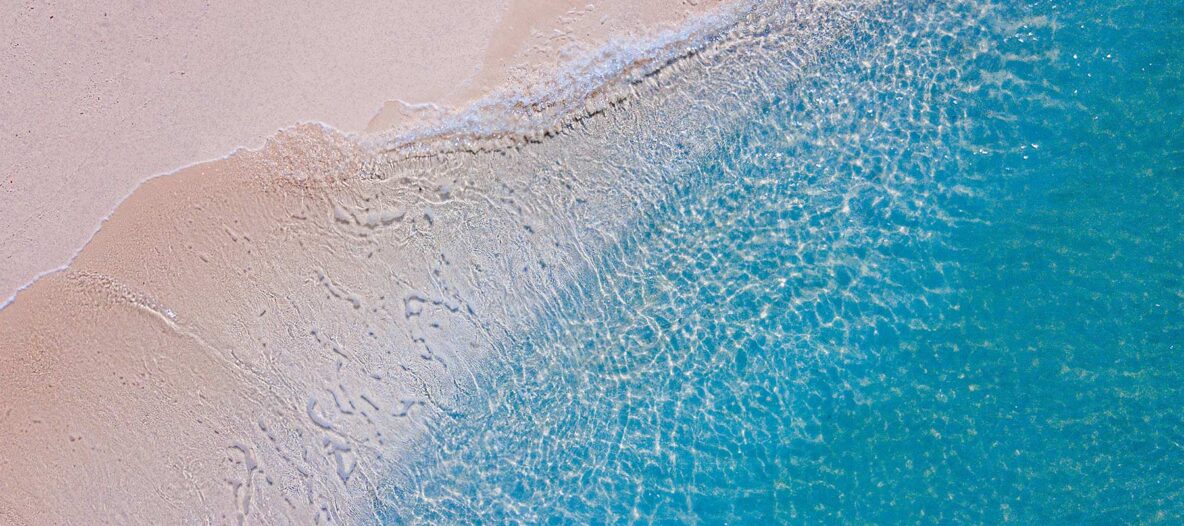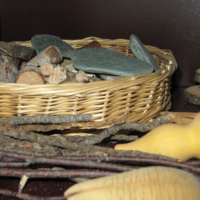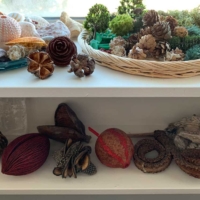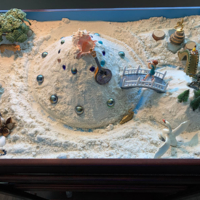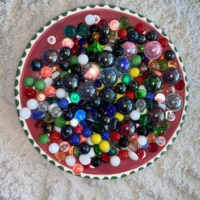Creating and playing with symbolic images facilitates change
The power of play with images and symbols was discovered by C.G. Jung while he struggled with depression after his break with Freud. His explorations into the images produced by his own psyche set in motion all his future ideas about psychological change and healing. Dora Kalff adapted Jung’s ideas to the method she called sandplay.
How does it work?
Your conscious mind does not know, or has forgotten, experiences that influence how your life is unfolding and how you are feeling. These unconscious emotional experiences become visible in the image. Spontaneous play and your insights into the meaning of the image you create are instrumental in bringing about change.
What happens in a session?
You can use one of two sandtrays at table height, one with dry sand, one with damp, to create whatever is stirred in your imagination. You have available a selection of figures and materials on open shelves, which you are free to use. You may survey the shelves and, if you decide you want to do sandplay, place whatever you choose into the sand. Before long, you become lost in your experience of creating the image, with or without figures. There is no expectation to do it ‘right.’ Anything you do is right because it is yours. After you leave the session I photograph the image you have built. When you have completed your process we review the series of photographs together. This is an important and rewarding experience.
You may want to talk as you complete an image, as well as before or afterwards. You may choose not to do sandplay in a session. You are completely free to decide.
Area of focus: adults from age 20 and older who want to improve their lives in some way.
The creation of something new is not accomplished by the intellect, but by the play instinct acting from inner necessity.

